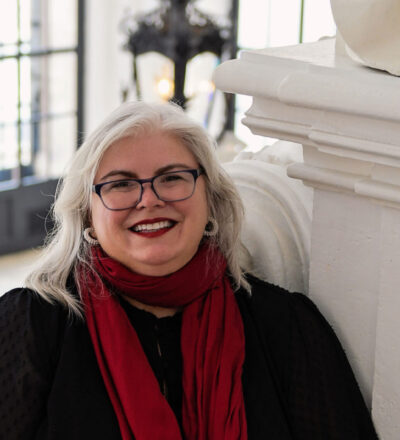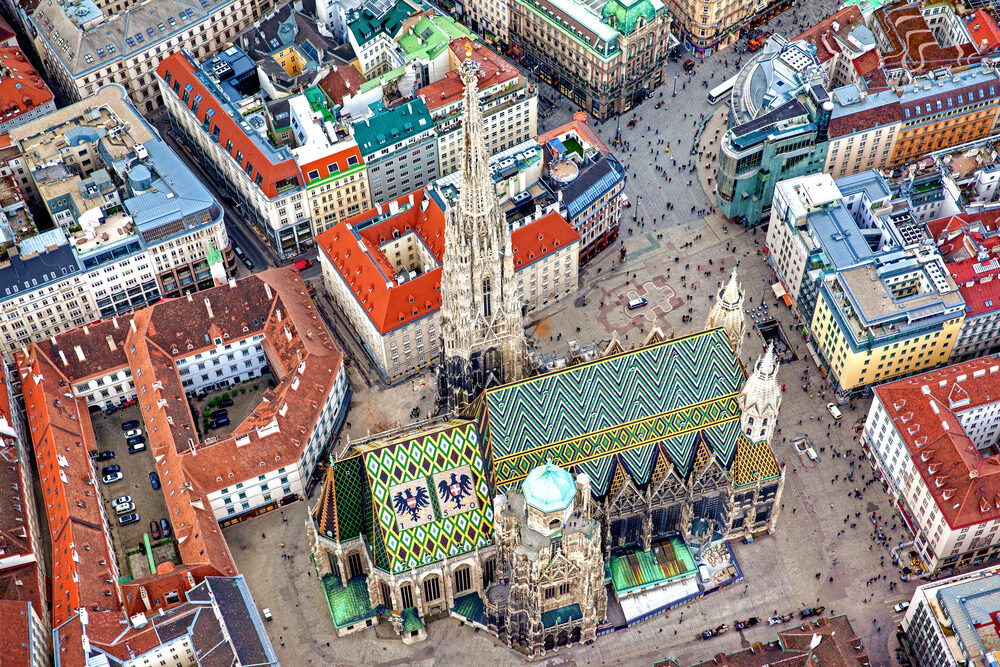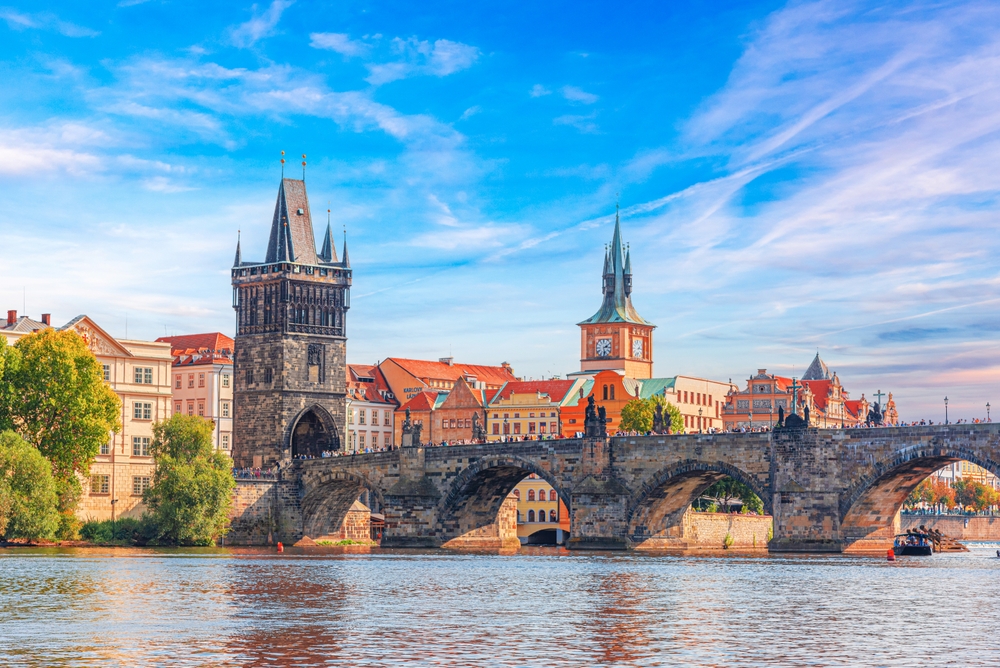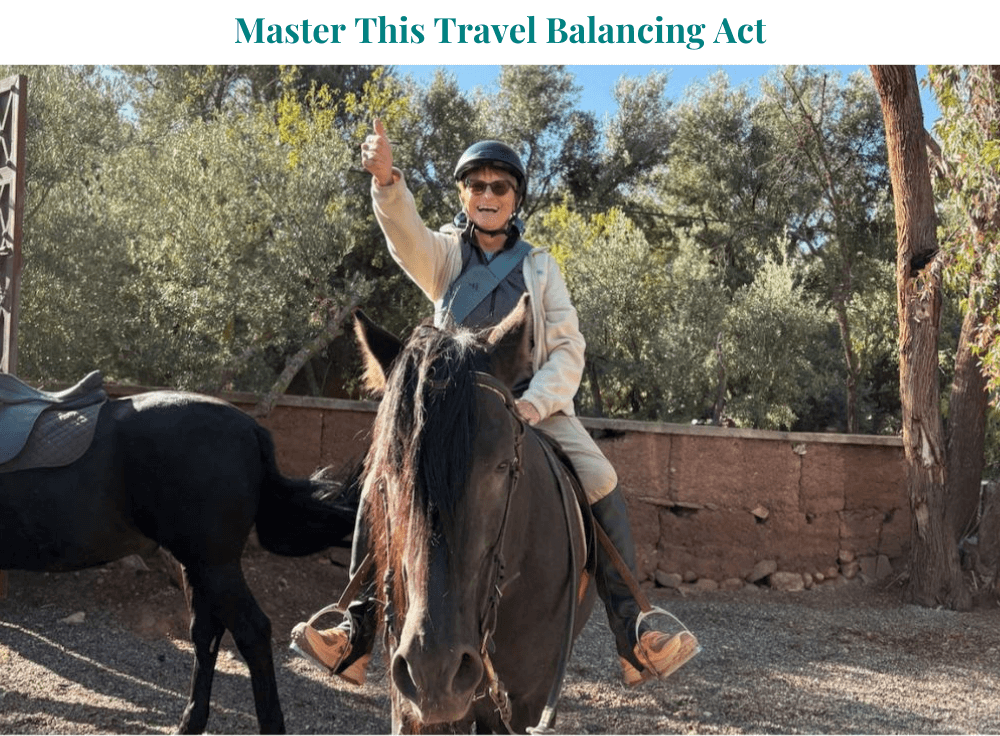Hungary, Including Budapest and the Danube: Insider’s Guide
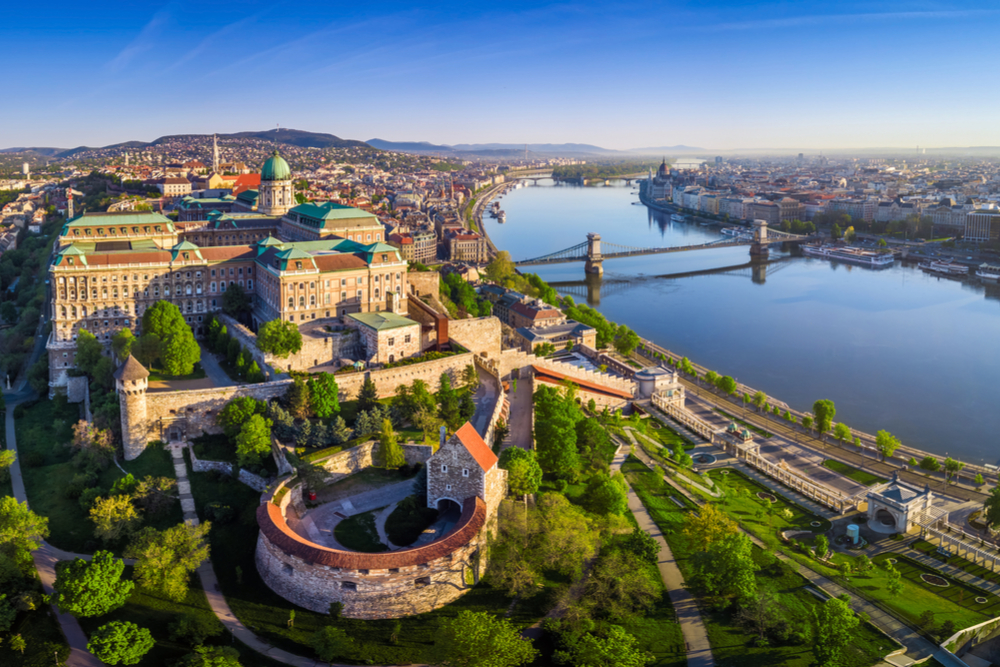 Buda Castle overlooks Budapest from its hilltop position on the Danube River. Photo: Shutterstock
Buda Castle overlooks Budapest from its hilltop position on the Danube River. Photo: Shutterstock
The insider advice on this page is from one of Wendy’s Trusted Travel Experts for Hungary: Gwen Kozlowski of Exeter International.
Gwen has been masterminding custom trips for independent travelers to Austria, the Czech Republic, Hungary, Poland, and other parts of Eastern Europe for more than a decade. She’s based in the U.S. but heads to the region at least twice a year to suss out new hotels and restaurants, test driving and train routes, and add to her ever-growing list of local experts—from museum curators to pastry chefs to artisanal vodka makers—who provide access and insights that you could never get otherwise. Unflinchingly honest and obsessively detailed-oriented, she prides herself on knowing exactly where to find the best food—and drink—in every town from Innsbruck to Budapest to Krakow, and she has such strong relationships with local hoteliers that her guests frequently receive VIP treatment at the most atmospheric four- and five-star hotels.
Where to Stay and Eat
Best place to blow your budget
When it comes to amazing views, the art-nouveau landmark Four Seasons Gresham Palace has no equal.
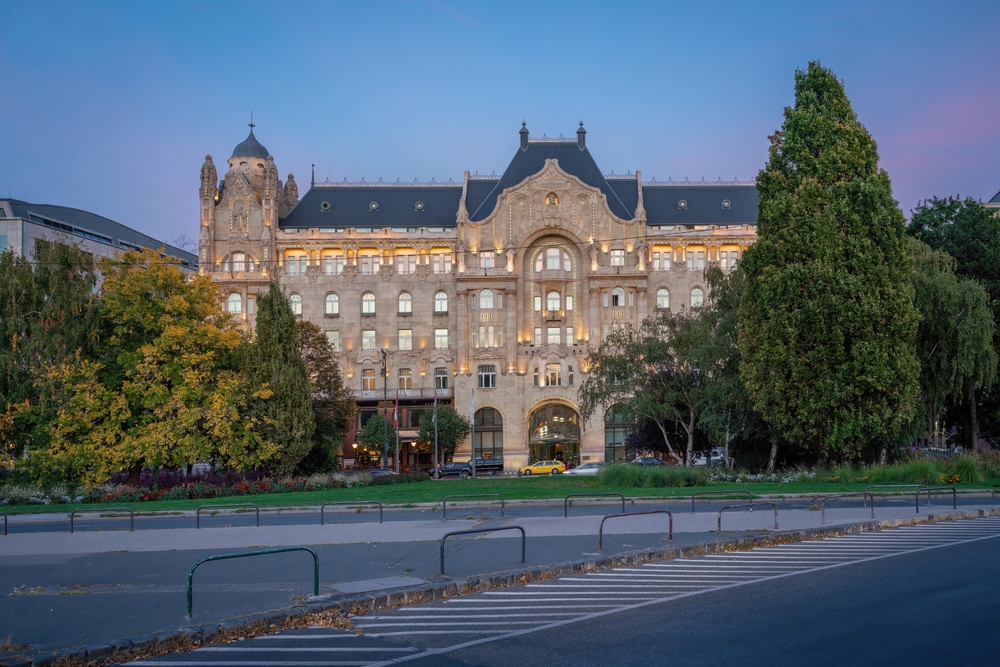
Once home to apartments and offices, Gresham Palace is now a Four Seasons hotel. Photo: Shutterstock
Best-value splurge hotel
If boutique accommodations are more your style, the fun Aria Hotel has just 50 rooms right next to St. Stephen’s Basilica and a fabulous rooftop bar (perfect for sunset views).
Best bang-for-your-buck hotel
Location! Location! Location! When you want to save your cash to splurge on experiences, choose Hotel Moments, which offers a solid mid-range option right in the center of town. It’s located on the World Heritage site of Andrassy Avenue, steps away from the Opera House and St. Stephen’s Basilica.
Restaurants the locals love
Café Kor in Budapest has a real local feel—not a lot of English spoken, cash only, menu on a chalkboard. Plus, its central location means you can walk to it from most hotels (on the Pest side). The menu changes frequently, but you can generally find excellent duck, beef, and veal with some fish dishes as well. Whatever you do, don’t neglect to try the excellent local wines. The restaurant is closed on Sundays and always, always busy in the evenings, so reservations are essential.
Just down the street from Café Kor is Borkonyha Wine Kitchen, a modern bistro with a fantastic selection of Hungarian wines. The menu, which changes seasonally, features local Hungarian cuisine and even some vegetarian options.
Dine with Budapest’s “in” crowd at Nightingale by Beefbar, a hip and lively Asian-fusion restaurant in the new W Hotel across from the Opera House.
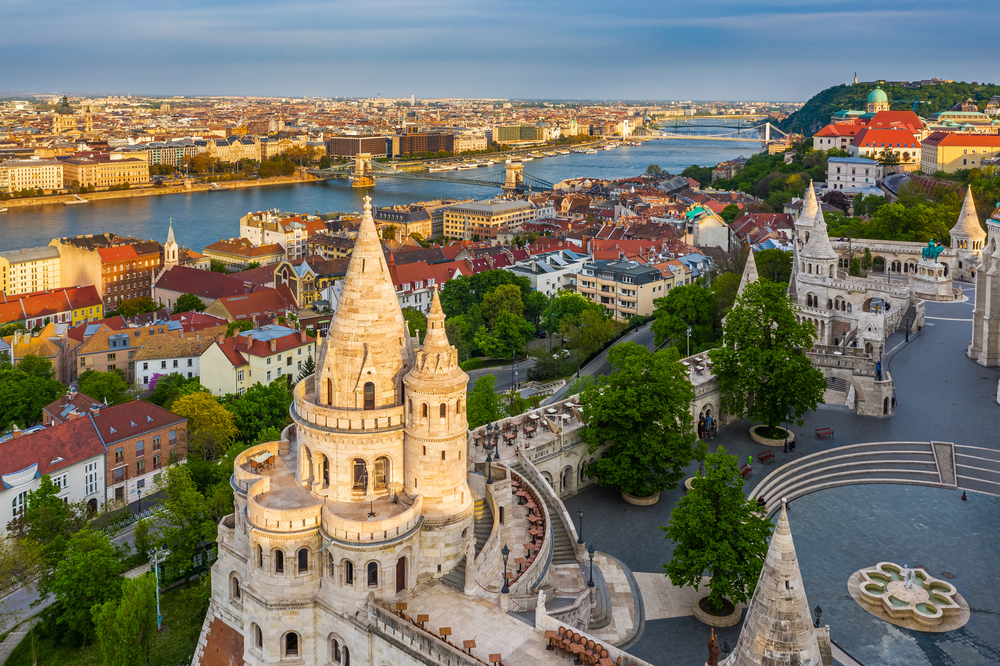
Fisherman’s Bastion, first constructed in the 1700s, is a UNESCO World Heritage site. Photo: Shutterstock
Meals worth the splurge
Did you know that Budapest has several Michelin-starred dining spots? A top favorite is Costes, which broke the mold for old-style Hungarian restaurants serving goulash and cabbage and ushered in a new era of really innovative cuisine; there are two locations (one of which is the city’s only fine-dining restaurant helmed by a female chef). A local celebrity-chef duo runs Stand, which earned a Michelin star less than a year after opening; it’s definitely upscale, but with a more casual environment than what’s usually found in restaurants of this caliber.
Dish to try
You’re in Hungary, so you have to try goulash. The country’s famous beef stew is the ultimate comfort food, and every chef has their own take on it.
What to See and Do
Don’t miss
The wine regions of Tokaj and Eger are often overlooked by American travelers because you have to hire a driver (or drive yourself) to explore this area of northeastern Hungary. What you’ll find: low hills and river valleys intricately patterned by vineyards and farms, as well as lovely villages and small towns, local festivals, great food and, of course, wine. Eger has reds and Tokaj has whites and sweet dessert wines. Well worth the trip.
“Ruin bars.” If you want to experience something completely unique to Budapest, visit one of these bars, restaurants, and nightclubs that have taken up quarters in abandoned and unrenovated buildings—if for nothing else than the lively atmosphere.
Don’t bother
Though undeniably grand, the New York Café is overrun with tourists and Instagrammers. Sadly, the same is true for Café Gerbeaud and many other city-center cafés. Go ahead if you must, but don’t expect local charm or reasonable prices.
Hidden gem
The wine region of Etyek. It’s only 40 minutes by car from the center of Budapest, and there are lots of small family-owned businesses that offer informal tastings. In addition to vintners (who produce mostly chardonnay, sauvignon blanc, and sparkling wine), you can visit a cheese maker, a producer of artisanal ham, and a palinka distiller.
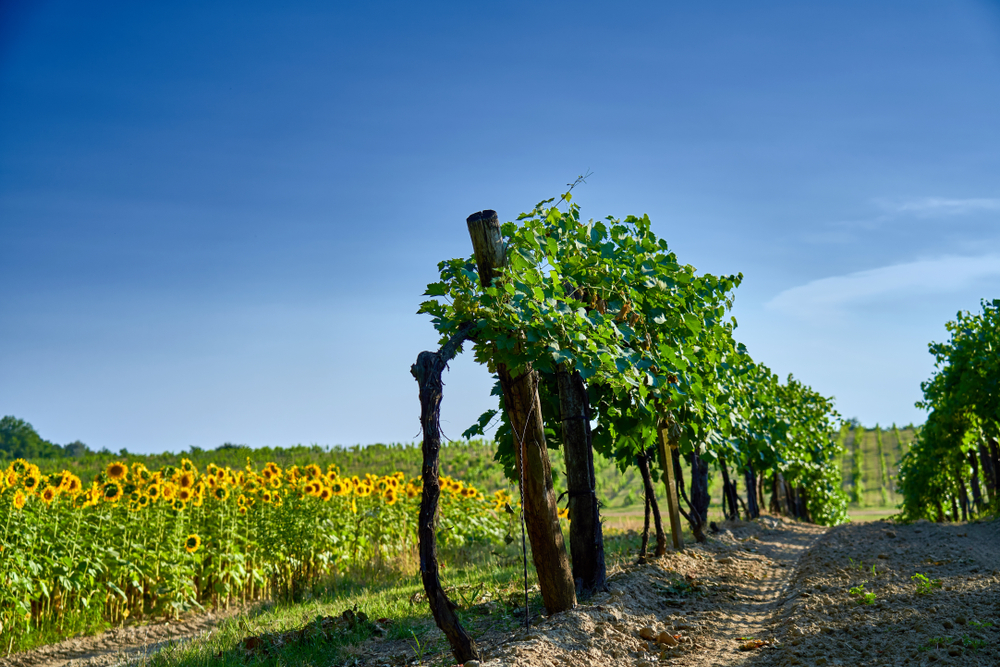
Etyek, less than an hour from central Budapest, is home to many family-owned wineries. Photo: Shutterstock
Cheap thrill
Margaret Island, named for a 13th-century princess, is a short cab ride (or a long walk) from most hotels in Budapest. Here you can rent a golf cart and have a picnic or just stroll around the 240-acre island. There’s a petting zoo, a water park, a musical fountain (not quite Bellagio Las Vegas but not bad), and evening performances of theater and music as part of the Budapest Summer Festival. This is a very popular place on weekends, so Saturday and Sunday may not be the time to go.
Bragging rights
For architecture lovers, Gwen can organize a private guided visit to the Liszt Ferenc Academy of Music. Marvel at its art-nouveau interiors and enjoy a private concert by Liszt academy students.
Downtime
For something a little touristy but very scenic, hop on a cruise to the Danube River Bend (leaving from Budapest). It’s a very leisurely way to get outside the city. You could go to Szentendre for the day (artists, marzipan, tourists) or head all the way to Visegrád (Roman fortress, hiking trails). Mahart offers boats on Saturdays and Sundays in July and August all the way to Visegrád. There isn’t a less stressful or more scenic way to travel!
Instagram moments
Head early to the Budapest Market Hall to get great shots of local produce, meats, cheeses, and lots and lots of paprika. Or, for something even more colorful, check out the Sunday farmer’s market at the famed Szimpla Kert ruin bar (see “Don’t miss,” above).
For great overviews of the city, head early or late—for the best lighting and (hopefully) fewest people—to Fisherman’s Bastion. The gorgeous views through the archways can’t be beat. You can get shots of just the bastion or across the river to Parliament.
If you’re staying in a river-view room at the Four Seasons (or another hotel along the Danube) and your camera takes good night shots, the view with the castle lit on the hill is pretty spectacular.
Best Times to Go

April through May and late September through October. The countryside is beautiful, the weather is decent, and Lake Balaton, a popular summer destination, is relatively tranquil.
Worst Times to Go
November and March are likely to be rainy and gloomy. (The months in between offer snow and occasional blue skies, Christmas markets, and plenty of theater and cultural events but no crowds.)
July and August: You will have to put up with the heat and the crowds—the city is the start or end point for hundreds of Danube cruises every year. Whatever you do, avoid the Hungarian Grand Prix, generally held in late July or early August, when hotels charge their highest rates and have very rigid cancellation policies.
Biggest Rookie Mistakes
Going with just any old cab driver. Before you arrive in Budapest, book a reservation with Fotaxi, the authorized taxi service at the airport, or go to its booth at the exit of terminal 2A or 2B. Its fixed rates to the city center are very reasonable, and you can use your credit card—a great convenience, since Hungary isn’t on the euro and few guests arrive with forints. (Tip: Get them at an ATM; letting a shopkeeper do the exchange will result in a less-than-ideal rate.)
Planning a busy sightseeing schedule for August 20. It’s THE most important national holiday of the year and most museums are closed. If you’re okay having a day at leisure, though, it’s a festive time to be in Budapest and there are fireworks on the Danube that evening.
Scam Alert
Taxis are not as bad about overcharging as they are in some places, but make sure the meter is working and be very clear about where you are heading, or you might get a little “city tour” on the way to your destination.
Must-Have Apps
BitKnights‘ free language app offers translation help offline (available for Android, iPhone, and more).
SmartCity Budapest is good for offline maps.
Tipping Tip
Tip in cash (any currency works). About 10 percent for restaurants is just fine.
Airport Intel
Budapest has a nice modern airport with a surprisingly extensive food court. A couple of things to note: Lost luggage (on arrival) is an issue, and this generally takes quite a long time to report. Get ahead of the game by using carry-on only or putting Airtags in your suitcases and taking pictures of your luggage before you travel.
For luggage carts in the arrival area, you have to pay via local currency (forints, not euros) or a card that has a pin.
Don’t Forget to Pack
Bubble bags for wine, and also some extra padding if you’re going to indulge in a Herend piece of porcelain (See “The Souvenirs,” below).
The Souvenirs
The most upscale souvenir is a piece of hand-painted Herend porcelain; several authorized stores in Budapest sell it, or you can make a day-trip to the factory in the countryside.
Another good choice: local wines, especially those from family vineyards in Etyek, as they are not easy to find in the U.S.
For cooks, it’s nice to bring home authentic (and flavorful—not just red powder) paprika from the Central Market Hall.
Down. Yes, down. Billerbeck is a German company, but they use Hungarian goose down and feathers in the comforters, pillows, and duvets sold at their shop in Budapest, near the Jewish Quarter.

